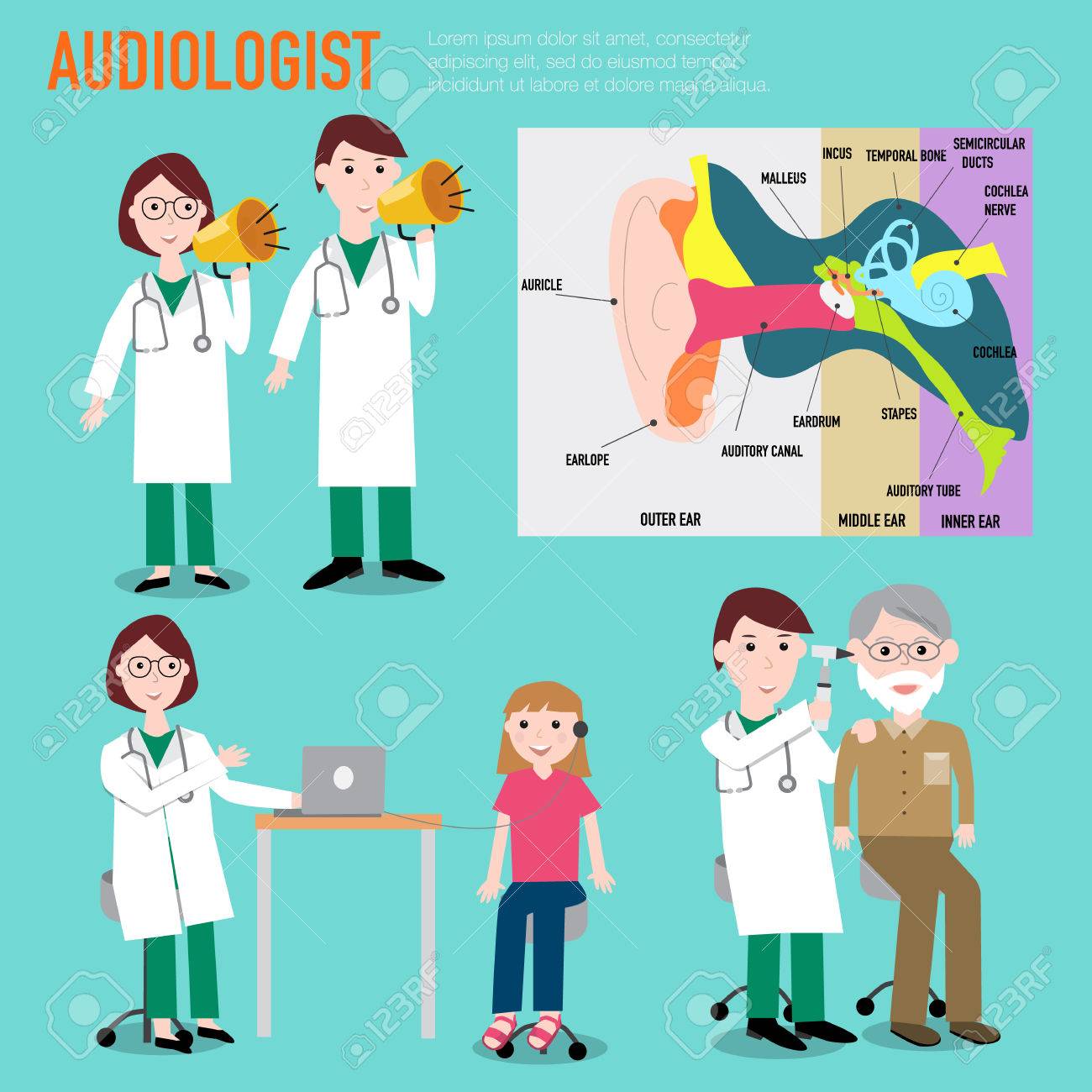Key Techniques For Addressing Auditory Processing Problems In Dyslexia Can Change Learning Experiences-- Uncover What Methods Can Truly Promote Success And Confidence
Key Techniques For Addressing Auditory Processing Problems In Dyslexia Can Change Learning Experiences-- Uncover What Methods Can Truly Promote Success And Confidence
Blog Article
https://typesofdyslexia31853.blogpixi.com/32473583/dyslexia-therapists-bridging-the-gap-between-struggle-and-success-in-discovering -Hu Pape
When you consider the obstacles that dyslexic learners face, it's clear that acoustic processing issues commonly play a significant duty. You may ask yourself how customized methods can bridge the gap between auditory instructions and comprehension. By incorporating visual aids and damaging tasks into manageable steps, you can boost focus and understanding. Nonetheless, the solutions do not stop there. What various other strategies can produce a truly supportive discovering atmosphere that cultivates success and confidence?
Comprehending Dyslexia and Auditory Processing
Dyslexia influences about 1 in 5 people, making it among one of the most common learning impairment. If you're browsing dyslexia, you could discover that it does not just influence analysis and writing; it can likewise affect just how you refine auditory details.
Auditory processing describes exactly how your mind translates sounds, including language. When https://edition.cnn.com/2016/03/05/health/dyslexia-simulation/index.html battle with this, it can bring about challenges in recognizing talked directions and adhering to discussions.
You may discover that you commonly misinterpret what you hear or that it takes longer for you to react in conversations. This isn't a reflection of your intelligence; it's a specific difficulty pertaining to processing acoustic signals.
Recognizing this link is vital due to the fact that it helps clarify why you might master aesthetic tasks while dealing with difficulties in jobs that depend on acoustic comprehension.
Recognizing these difficulties can equip you. By recognizing the ins and outs of dyslexia and auditory handling, you can much better promote for your demands, whether in educational settings or social situations.
It's essential to recognize these issues so you can look for the best support and methods in the future.
Effective Techniques for Support
Navigating the obstacles of auditory handling can feel overwhelming, however there work strategies that can assist you grow.
By executing these strategies, you can boost your knowing experience and boost your capability to procedure acoustic information.
- ** Use visual aids **: Matching auditory instructions with visual assistances, like charts or diagrams, can significantly boost understanding.
- ** Break tasks right into smaller actions **: Streamlining directions into workable chunks allows you to focus and refine info more effectively.
- ** Practice energetic listening **: Take part in workouts that encourage you to listen attentively, such as summarizing what you've listened to or asking concerns for explanation.
- ** Include modern technology **: Use apps or software application developed to aid with acoustic handling, such as speech-to-text tools or audiobooks, to reinforce learning.
Creating Encouraging Discovering Atmospheres
Creating a helpful understanding atmosphere is vital for helping people with acoustic processing challenges do well. Beginning by lessening distractions in your classroom or learning space. Use acoustic panels or soft home furnishings to take in audio, which can aid trainees concentrate much better. Ensure seating arrangements permit clear sightlines to the instructor and any kind of aesthetic help.
Next, integrate clear and concise communication. Talk gradually and use straightforward language, checking for comprehending frequently. Motivate students to ask questions if they're not sure. Aesthetic help like graphes, layouts, and composed guidelines can boost comprehension and retention.
Furthermore, cultivate a culture of patience and understanding amongst peers. Show trainees about auditory processing issues, promoting empathy and support. Team tasks can be advantageous; simply make sure that roles are clear and that students interact to support each other.
Ultimately, give normal responses. Celebrate progression and accomplishments, despite just how tiny. This motivation builds self-confidence and reinforces the concept that knowing is a trip.
Conclusion
In your journey to improve learning for people with dyslexia, consider each approach as a stepping stone across a river. By weaving with each other acoustic and aesthetic aids, damaging tasks into bite-sized items, and supporting a helpful environment, you assist produce a bridge to understanding. Remember, cultivating empathy amongst peers and engaging families can light the course to success. With persistence and dedication, you'll encourage students to overlook obstacles, changing their struggles right into toughness.
